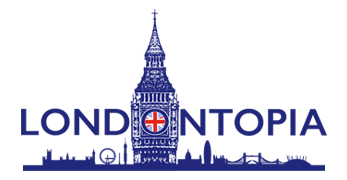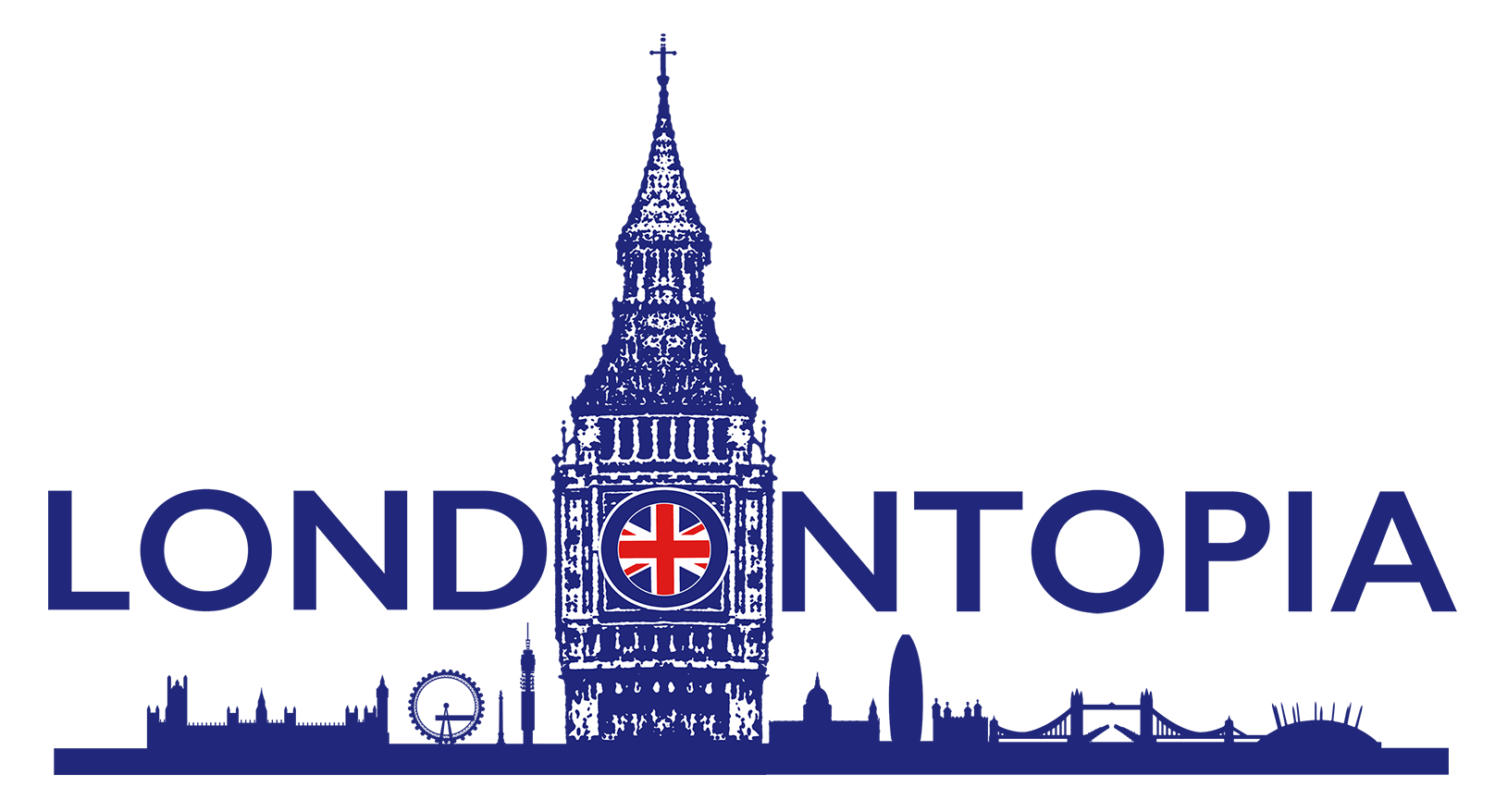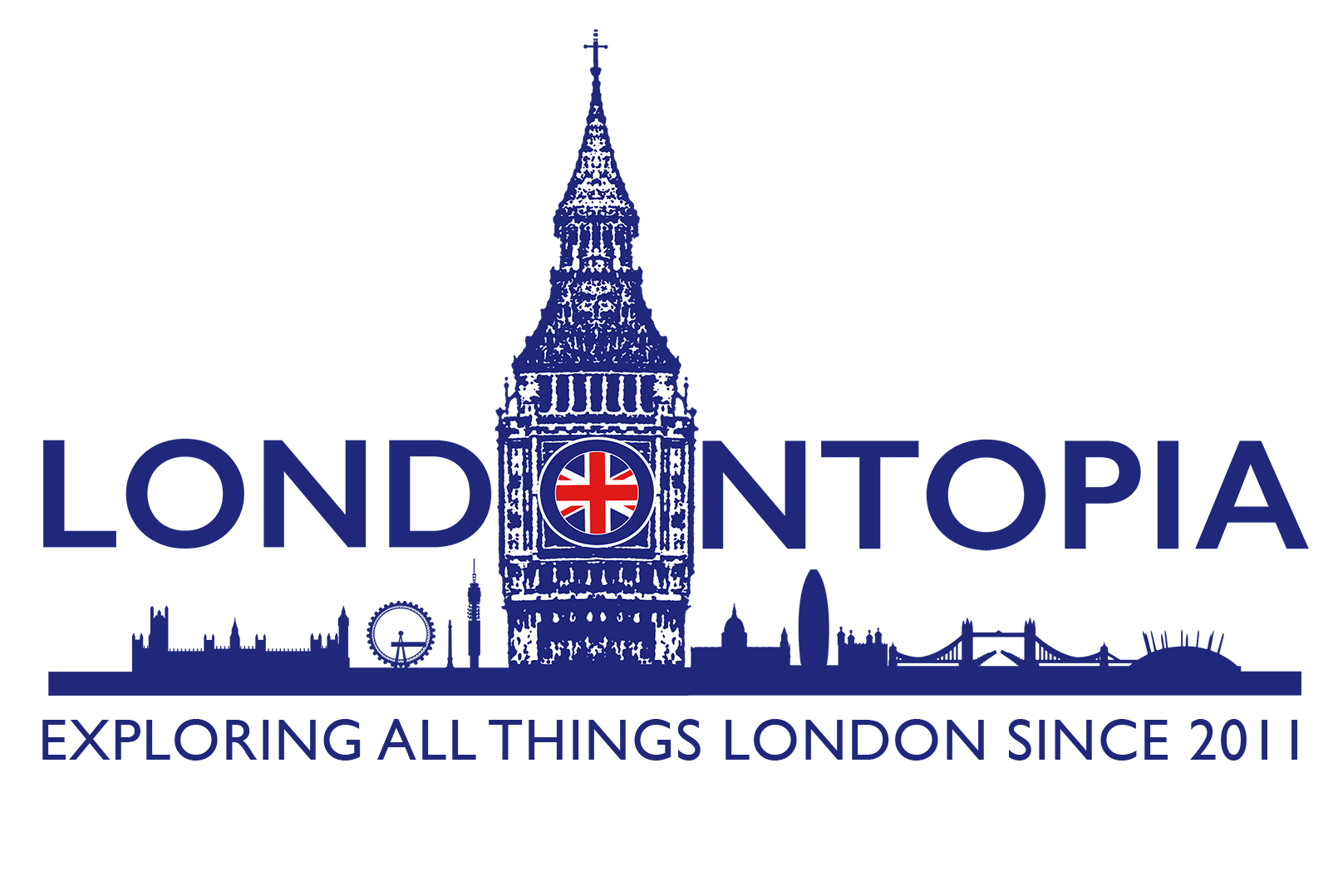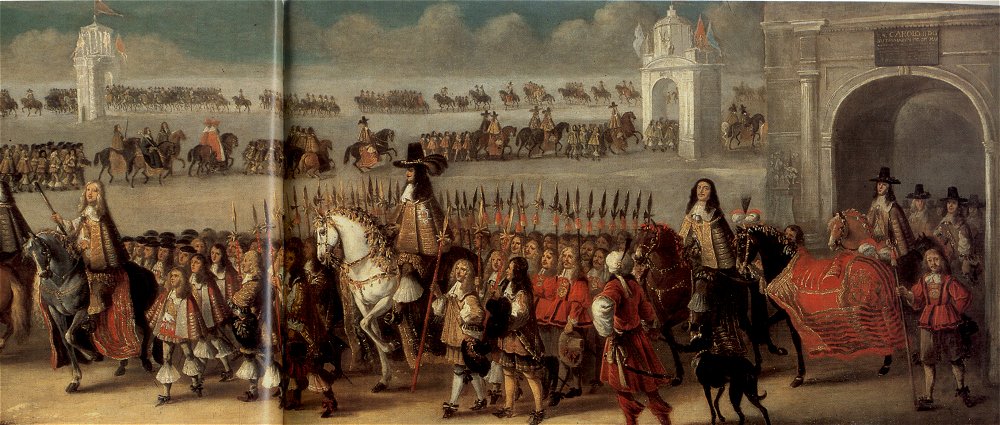If you caught the recent article about London during the English Civil War, you’d know that the city was pretty firmly on the side of Parliament at the onset of the conflict. Even though there were some protests against the war in London, the citizens stayed pretty firmly on the side of the Roundheads throughout. What followed was the Commonwealth period under Cromwell, which was full of lows and highs, from the banishment of theatre from the city (though with a rise in opera) to the lifting of the ban against Jewish persons living in London (and a synagogue openly built on Creechurch Lane). However, the majority of Londoners (as with the rest of the country) despised Cromwell’s government and were quite happy to see it all come to an end in 1660.
Charles II had already been proclaimed king by the Royalists after King Charles I’s execution and eventually escaped to France to await the end of the English Civil War and the Commonwealth. One of the best accounts of his return to the city comes from Samuel Pepys, whose diary is an excellent primary source for much of London’s history in the 17th Century. Pepys wrote that there was “so great and general a contempt” for the Rump Parliament that they cheered General Monck on his return to London after his secret meetings with Charles to bring the king back to the city. Charles issued the Declaration of Breda which was read before the Convention Parliament mostly full of members supportive of the Restoration, which granted pardons to those who swore allegiance Charles. This Parliament then proclaimed Charles as king on 8 May and every law made without the King’s consent was rendered null and void.
King Charles II landed in Dover on 25 May 1660 and made his way towards the city. On 29 May, Pepys, who was not with the King on his journey, finished his diary entry with “This day, it is thought, the King do enter the City of London.” A couple days later, he would write that “all the world [was] in a merry mood” for the King’s return, and accounts of Charles’s entry into the city days before bear that out, with some estimated 20,000 citizens turning out to see him (some estimates put the number at 100,000) and every church bell in the city ringing in welcome. It was a fitting greeting both for a king and for Charles’s 30th birthday.
Charles made one of his last stops in London that day at the Palace of Whitehall, which had been a home to the Kings of England since 1530 and proceeded to address the assembled Members of Parliament before engaging in a feast at Banqueting House. Only one other monarch, his brother, King James II would live there before it was partially destroyed by fire in 1689. Another prominent London location would not come into play for the Restoration until months later. Westminster Abbey, where Cromwell was buried following his death, saw a fulfillment of one of Charles’s promises when the King had Cromwell’s body exhumed on 31 January 1661. Cromwell was then ceremoniously “hung” from Tyburn Tree (actually the gallows, not a real tree) in Hyde Park.
Three months later, Charles would be crowned in Westminster Abbey on 23 April. Pepys took great care to describe the finery of the Abbey and how good it felt to see the trappings of royalty adorn the aisles. The coronation was followed by a great banquet and Pepys describes fireworks for the King as well as celebrations in the streets. The next couple of years of Charles’s reign seem to have been without incident and London was certainly glad to have him back, but it would only last a few short years before sickness and fire would sweep over London.
A Little Bit of London In Your Inbox Weekly. Sign-up for our free weekly London newsletter. Sent every Friday with the latest news from London!




I have read that Charles II was not the one who was in favor of exhuming Cromwell from his resting place in WA and “hanging” him at Tyburn. He was more interested I reuniting the country. Do you have any sources on this?
Fraser, Antonia (1979), King Charles II, London: Weidenfeld and Nicolson, ISBN 0-297-77571-5